Autism Precision Teaching
Discover autism precision teaching: a data-driven approach to enhance learning and communication for individuals with autism.

Understanding Precision Teaching
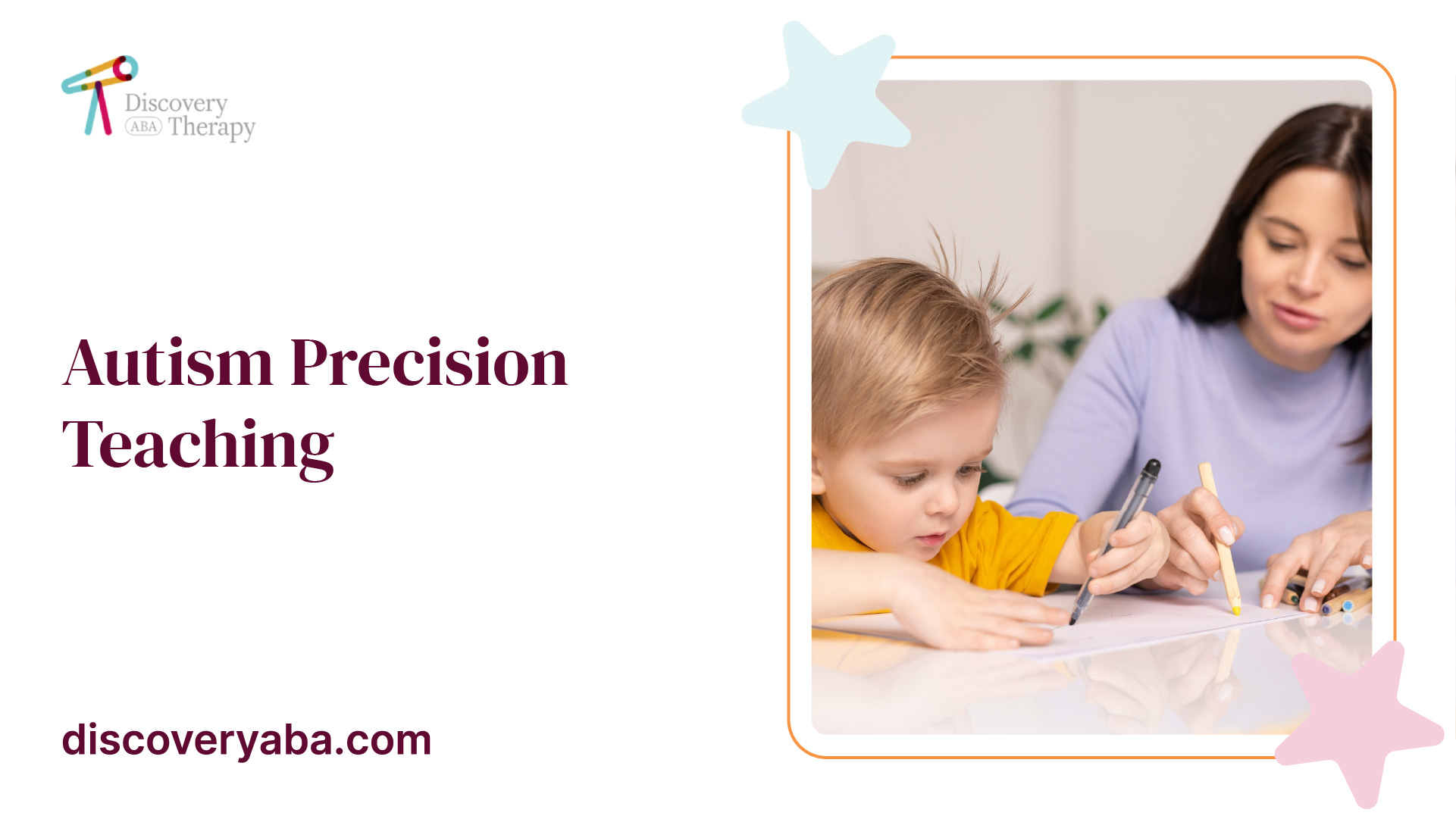
Definition and Principles
Precision Teaching is a unique educational approach utilized in Applied Behavior Analysis (ABA) designed to foster skill development and behavior change. It involves setting clear and specific goals, creating individualized instruction, and engaging in frequent data analysis to inform decision-making. This structured methodology is built on the principles of measurement and reliable data collection. By breaking down skills into measurable components, practitioners can track progress over time and adjust teaching methods as needed [1].
Key principles of Precision Teaching include:
PrincipleDescriptionGoal SettingEstablishing clear, specific objectives for skill acquisition.Individualized InstructionAdapting teaching strategies to meet unique learner needs.Data CollectionSystematically gathering reliable data to monitor performance.Frequent AssessmentConducting regular evaluations to measure progress and inform changes.
The focus on these principles helps ensure that the instruction is personalized and effective in promoting learning outcomes.
Application Beyond Autism
While Precision Teaching is widely recognized for its effectiveness in autism interventions, its applications extend far beyond this scope. The techniques used can address a variety of behaviors and learning challenges in diverse settings. This flexibility enables families and caregivers to apply these strategies to different situations, not just those related to autism. For example, Precision Teaching can be used in general education classrooms, for students with learning disabilities, or in behavioral settings.
The versatility of this approach is supported by its foundational principles that prioritize individualized and data-driven instruction. By doing so, practitioners can refine interventions across different populations, thereby maximizing the effectiveness of their teaching methods [1]. For more information on best practices in autism therapy, visit our article on autism therapy best practices.
Through its adaptability, Precision Teaching provides families and caregivers with a powerful tool to enhance their approaches, whether they are supporting individuals with autism or addressing other behavioral and learning needs.
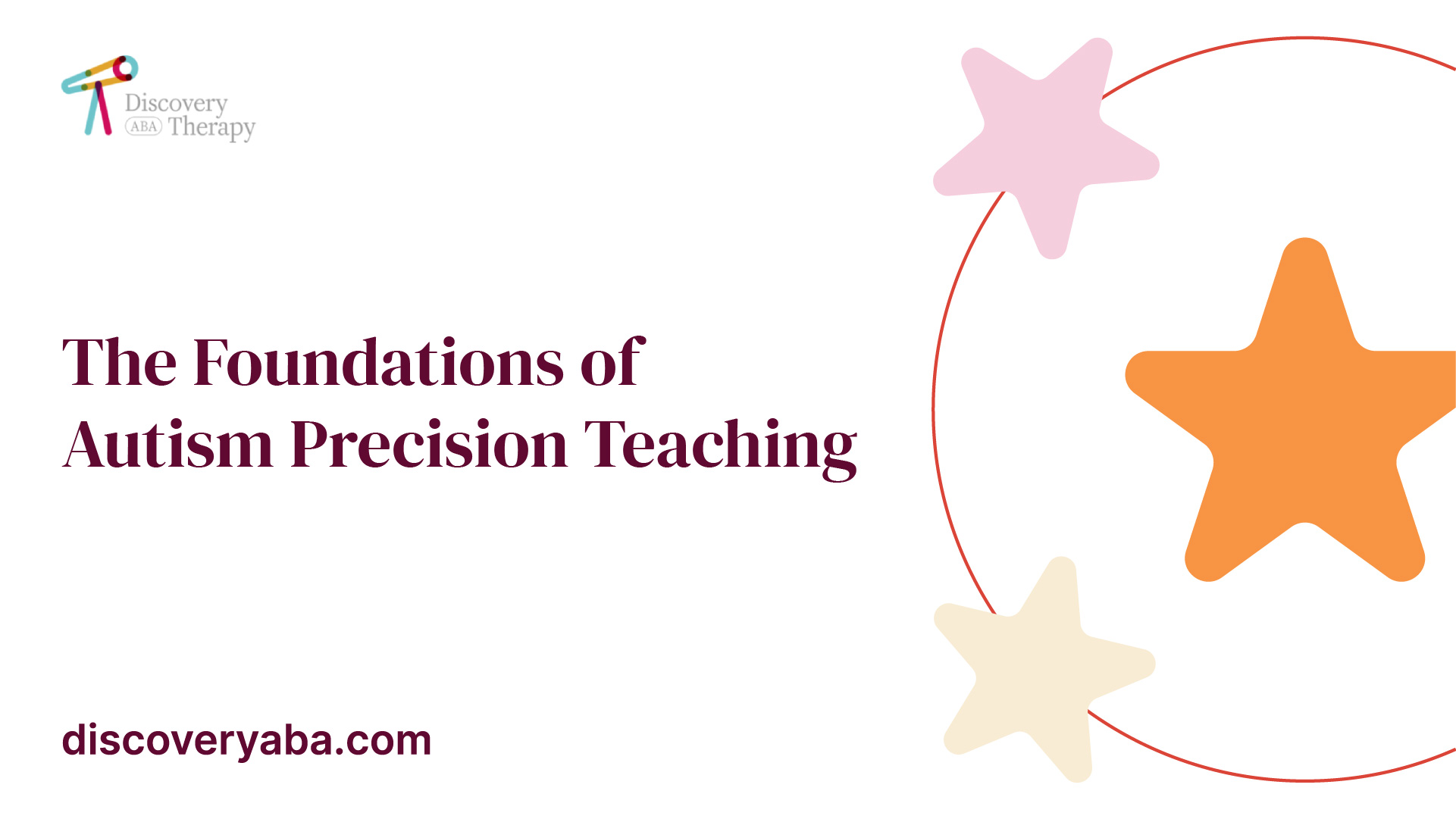
The Foundations of Autism Precision Teaching1
History of Precision Teaching
The concept of precision teaching originated in the 1960s as part of a broader effort to enhance instructional methods through systematic measurement of student performance. Over time, this instructional approach evolved to encompass various settings, particularly within the realm of Applied Behavior Analysis (ABA). Today, autism precision teaching has emerged as a specialized application of this method, focusing on the unique learning needs of individuals with autism. This approach emphasizes precise measurement and data analysis to tailor instruction effectively, thereby improving educational outcomes [2].
Specific Benefits for Autism
Autism precision teaching is designed to address the distinctive challenges faced by individuals on the autism spectrum. One of its primary benefits is the enhancement of learning outcomes through evidence-based techniques. This methodology allows caregivers and educators to make informed decisions regarding interventions and strategies based on the precise measurement of a child's performance.
Key benefits include:
BenefitDescriptionTargeted InterventionsAllows for customized strategies tailored to the individual's needs.Data-Driven Decision MakingSupports decisions based on measurable outcomes rather than intuition.Enhanced Skill AcquisitionImproves the rate at which new skills are learned and retained.Increased EngagementFosters increased participation through tailored approaches.Feedback and AdaptationEnables real-time feedback to fine-tune instruction as necessary.
These benefits underline the effectiveness of autism precision teaching in fostering a supportive educational environment that aligns with the unique neurodiverse needs of each individual. For additional insights on best practices in autism therapy, check out our article on autism therapy best practices.
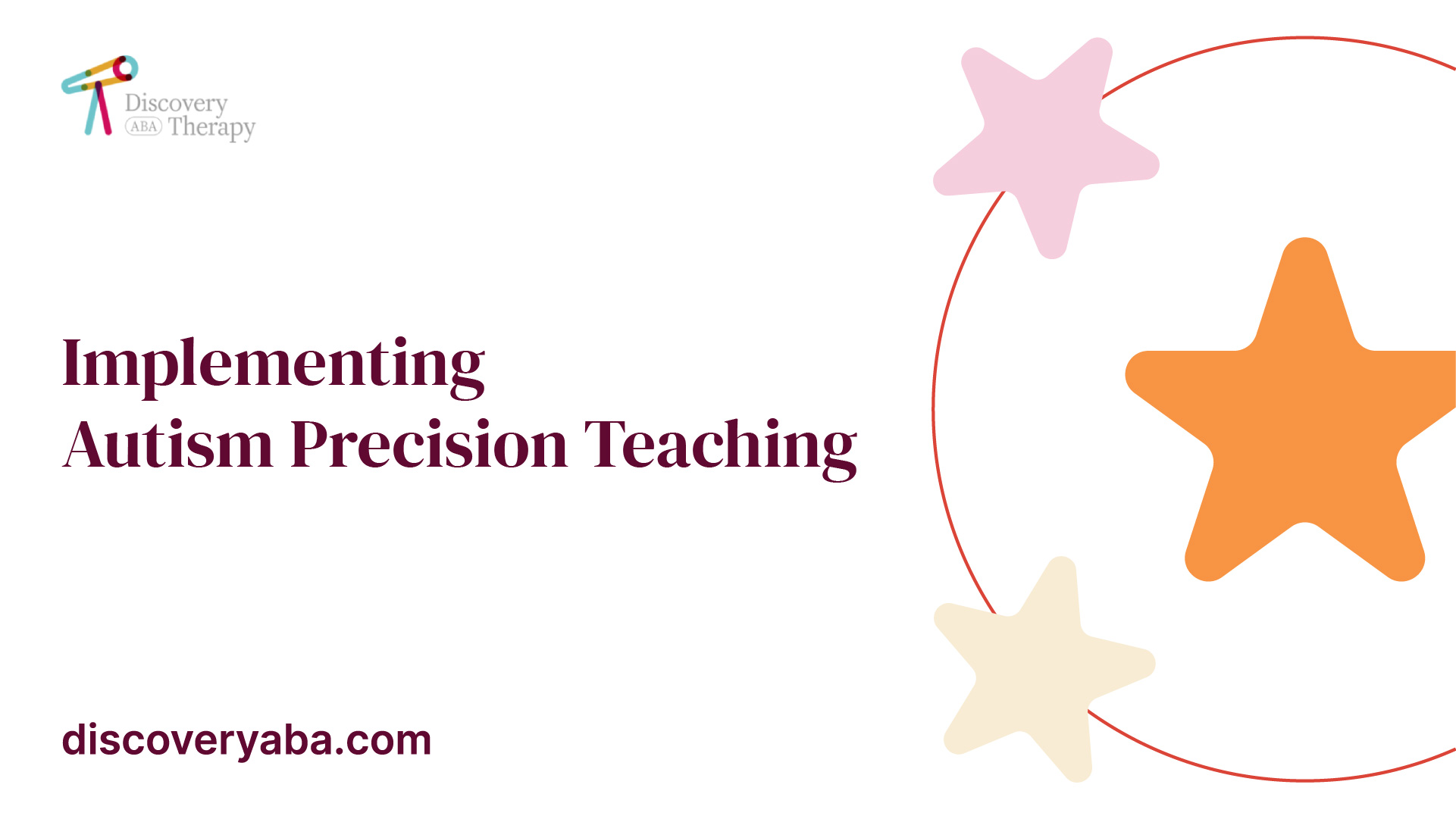
Implementing Autism Precision Teaching2
Precision teaching is a powerful method for improving educational outcomes, especially for individuals with autism. It incorporates principles of individualized instruction and data-driven decision-making to enhance learning and behavioral analysis.
Individualized Instruction
Individualized instruction is a cornerstone of autism precision teaching. By tailoring educational approaches to the specific needs of each learner, practitioners can ensure that instruction is effective and meaningful. This strategy involves defining behavior using a descriptive system called "pinpoints," which allows for accurate detection and measurement of progress [3].
The characteristics of individualized instruction include:
As a result, the effectiveness of the instruction can be tracked effectively, leading to better engagement and understanding for individuals on the autism spectrum.
ComponentDescriptionClear GoalsSpecific objectives that are measurableTailored InstructionCustomized approaches reflecting individual strengthsRegular AssessmentOngoing evaluations to adjust teaching strategies
Data-Driven Decision Making
Data-driven decision-making is critical for evaluating the effectiveness of interventions in autism precision teaching. Practitioners use systematic data collection methods to track progress over time, fostering informed choices regarding instructional strategies [1]. This process includes:
These practices allow families and caregivers to have a comprehensive understanding of the learning process and make evidence-based adjustments to support their loved ones effectively.
Data Analysis ToolPurposeStandard Celeration Chart (SCC)Visual representation of progressDirect MeasuresAccurate tracking of behavior changesFrequent AnalysisTimely decisions based on current performance
Implementing these strategies not only supports academic growth but also helps in promoting positive behavioral changes for individuals with autism. By focusing on individualized instruction and data-driven decision-making, families can feel confident in the interventions they choose. For additional resources on effective strategies, explore our articles on autism therapy best practices and autism therapy goals.
Enhancing Communication Skills
To effectively support communication abilities in individuals with autism, precision teaching incorporates tailored strategies and visual aids. These approaches create a learning environment that is conducive to both verbal and non-verbal communication development.
Tailored Strategies
Autism precision teaching assists in enhancing communication skills by employing individualized strategies. These may include visual aids, prompts, and consistent feedback that meet each student's unique communication needs. The aim is to foster improved interaction and expression.
Strategy TypeDescriptionVisual AidsUse of images, charts, or symbols to convey messages.PromptsCues that guide individuals toward a specific response.Consistent FeedbackRegular and constructive feedback to reinforce learning.
Utilizing specific strategies creates opportunities for meaningful communication. According to a source, tailored strategies can significantly improve the ability of individuals with autism to communicate effectively Adinaaba.
Visual Aids and Feedback
Visual aids play a crucial role in precision teaching for autism. These tools can help clarify concepts and allow for greater understanding, especially for those who benefit from visual learning. They can range from simple images to more complex charts, all designed to aid in the communication process.
Additionally, consistent feedback is vital in this teaching method. Regular assessments and feedback help monitor progress and adjust strategies as needed, ensuring that the approach remains effective. The emphasis on frequent assessments not only guides lesson planning but also motivates learners by providing clear evidence of their development Adinaaba.
Using visual aids and maintaining open lines of communication regarding performance can lead to improved outcomes in communication skills. For more related strategies, readers may refer to our resources on autism therapy best practices or explore the impact of virtual reality in autism therapy.
Precision Teaching in Behavioral Analysis
Precision Teaching plays a crucial role in behavioral analysis, especially in the context of autism precision teaching. This method emphasizes systematic measurement and careful analysis of behaviors, ensuring effective interventions are applied.
Measurement and Analysis
One of the foundational principles of Precision Teaching is the emphasis on precise measurement of behavior. Practitioners break down behaviors into manageable components, using what are known as “pinpoints” to define the behaviors of interest [3]. This systematic approach allows for accurate tracking of progress over time.
Key features of Precision Teaching measurement include:
Using dimensional measurement ensures a deep understanding of the behaviors, enabling families and caregivers to monitor changes effectively. By relying on direct measures rather than percentage-based metrics, the data collected provides a clearer picture of progress and performance differences.
Charting and Graphing Data
Charting and graphing data are essential components of Precision Teaching. Practitioners utilize the Standard Celeration Chart (SCC) to visualize data, allowing for immediate assessment of intervention effectiveness [3]. The SCC facilitates effective decision-making through various analyses:
Analysis TypePurposeWithin-session analysisExamines data collected in a single sessionBetween-session analysisCompares data collected across multiple sessionsWithin-condition analysisEvaluates data under the same conditionsBetween-condition analysisCompares data under different treatment conditions
These analyses provide robust insights into behavior patterns. Features like frequency, celeration, and bounce give caregivers tools to evaluate the effectiveness of interventions accurately. By maintaining a consistent visual representation of progress, families can make informed decisions regarding behavior change strategies.
By applying these measurement and charting techniques, caregivers are empowered to adjust interventions responsively and maximize the support provided to individuals with autism. This data-driven approach is essential for achieving consistent and meaningful outcomes in autism precision teaching. For more information on effective intervention strategies, visit our article on autism therapy best practices.
Success Stories and Outcomes
Accelerated Learning
Many families and caregivers find that implementing autism precision teaching leads to accelerated learning for individuals with autism. This approach emphasizes personalized instruction and utilizes data-driven decision-making, allowing practitioners to tailor their teaching methods to meet the unique needs of each learner.
The use of Standard Celeration Charts allows for continuous monitoring of progress. This enables educators and therapists to make timely adjustments to strategies, avoiding periods of slow or no progression in skill development. As documented, accelerated learning outcomes can include significant improvements in behavioral repertoires, enhanced communication skills, and overall academic achievement in various subjects.
Outcome CategoryPercentage ImprovementCommunication Skills75%Academic Performance60%Social Interactions65%
These results reflect the effectiveness of precision teaching in promoting notable changes in behavior and learning capacities.
Tailored Interventions
Tailoring interventions based on the individual needs of learners is a central tenet of precision teaching. Practitioners precisely define behaviors through a descriptive system called "pinpoints," ensuring accurate detection and measurement. This focus on individualization enhances both reliability and treatment integrity, leading to effective support for learners with autism [3].
Families report that tailored interventions not only address academic needs but also incorporate social and emotional skills. For example, strategies designed for individuals with challenges related to rejection sensitive dysphoria can significantly improve emotional regulation and peer relationships. Additionally, interventions may include virtual reality in autism therapy, which has shown positive outcomes for engagement and interaction skills.
Charting the success of tailored approaches allows for continuous feedback and adaptation. Educators and therapists frequently analyze this data to refine objectives and ensure that teaching methods align with the evolving needs of the individual, further enhancing the outcomes of precision teaching in autism strategies.
For more information on effective practices and goals in autism therapy, refer to our articles on autism therapy best practices and autism therapy goals.
References
[2]:
[3]:
Find More Articles
Contact us
North Carolina, Tennessee, Nevada, New Jersey, Utah, Virginia
New Hampshire, Maine
Massachusetts, Indiana, Arizona, Georgia
.avif)




.jpeg)
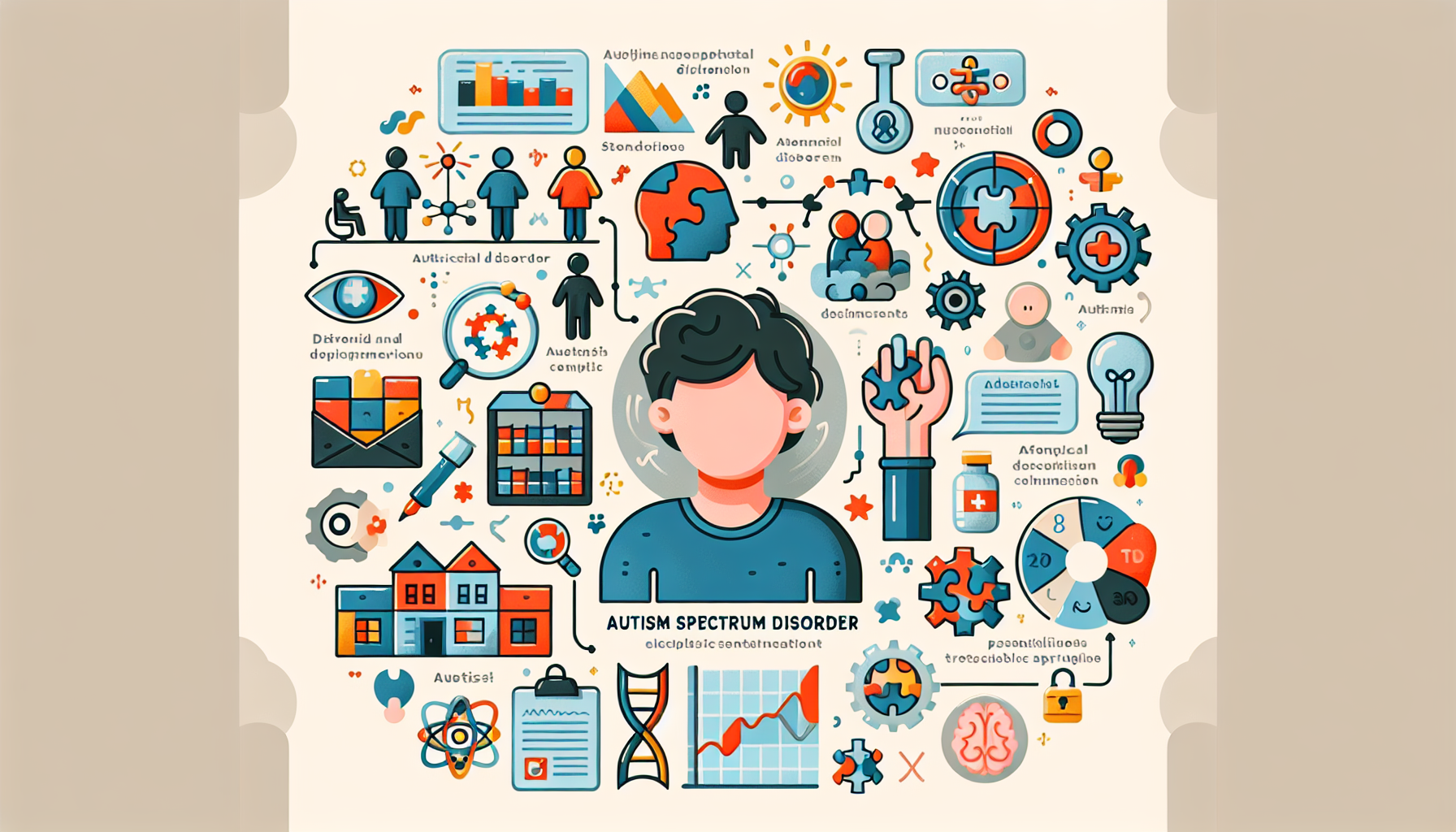




.jpeg)



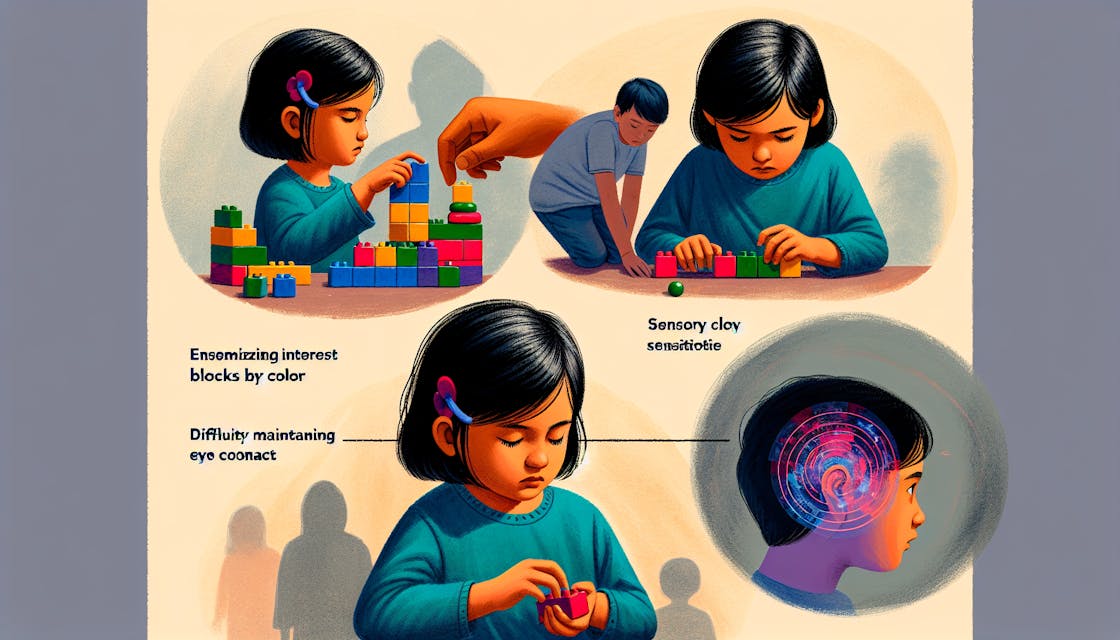

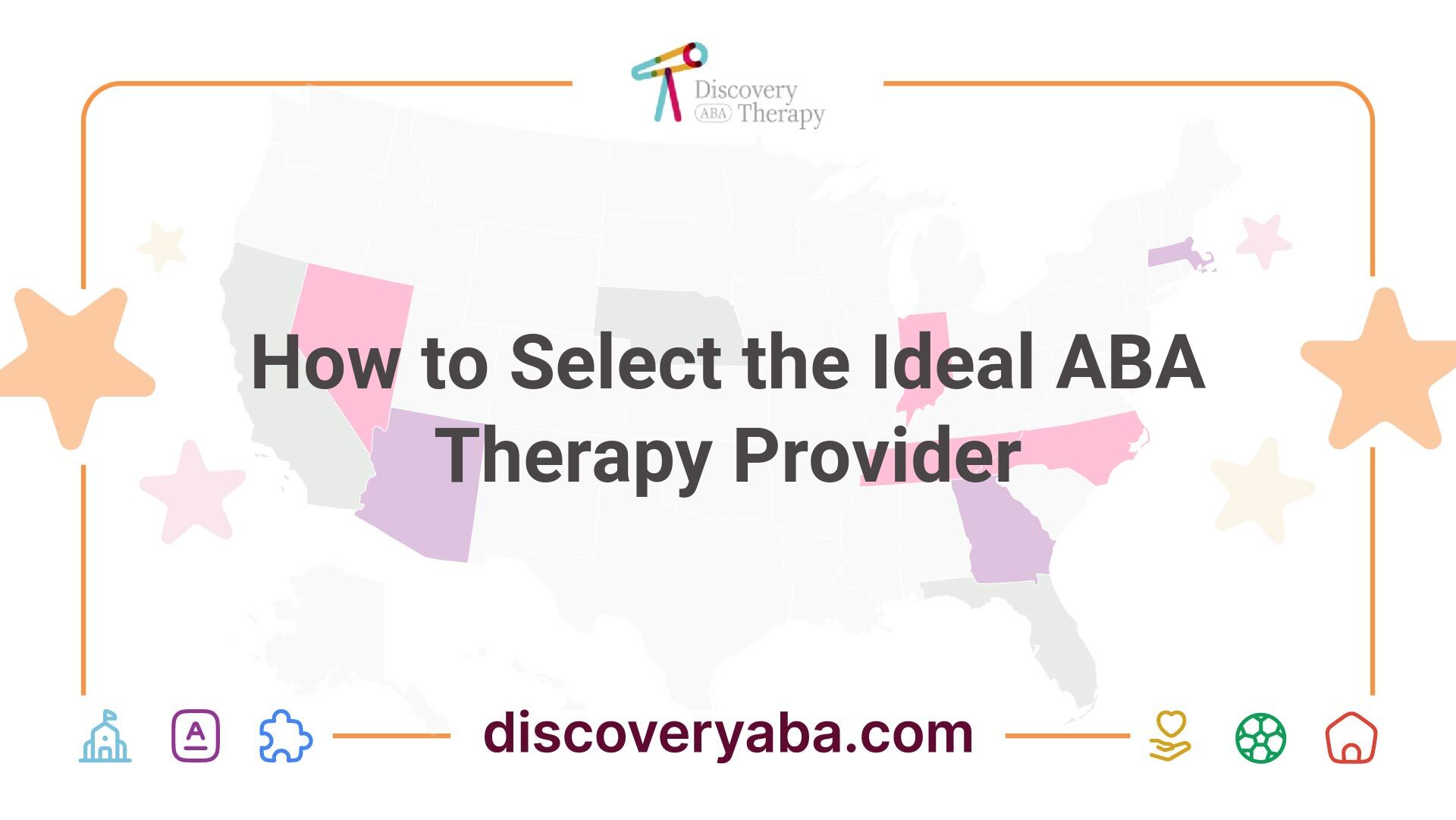
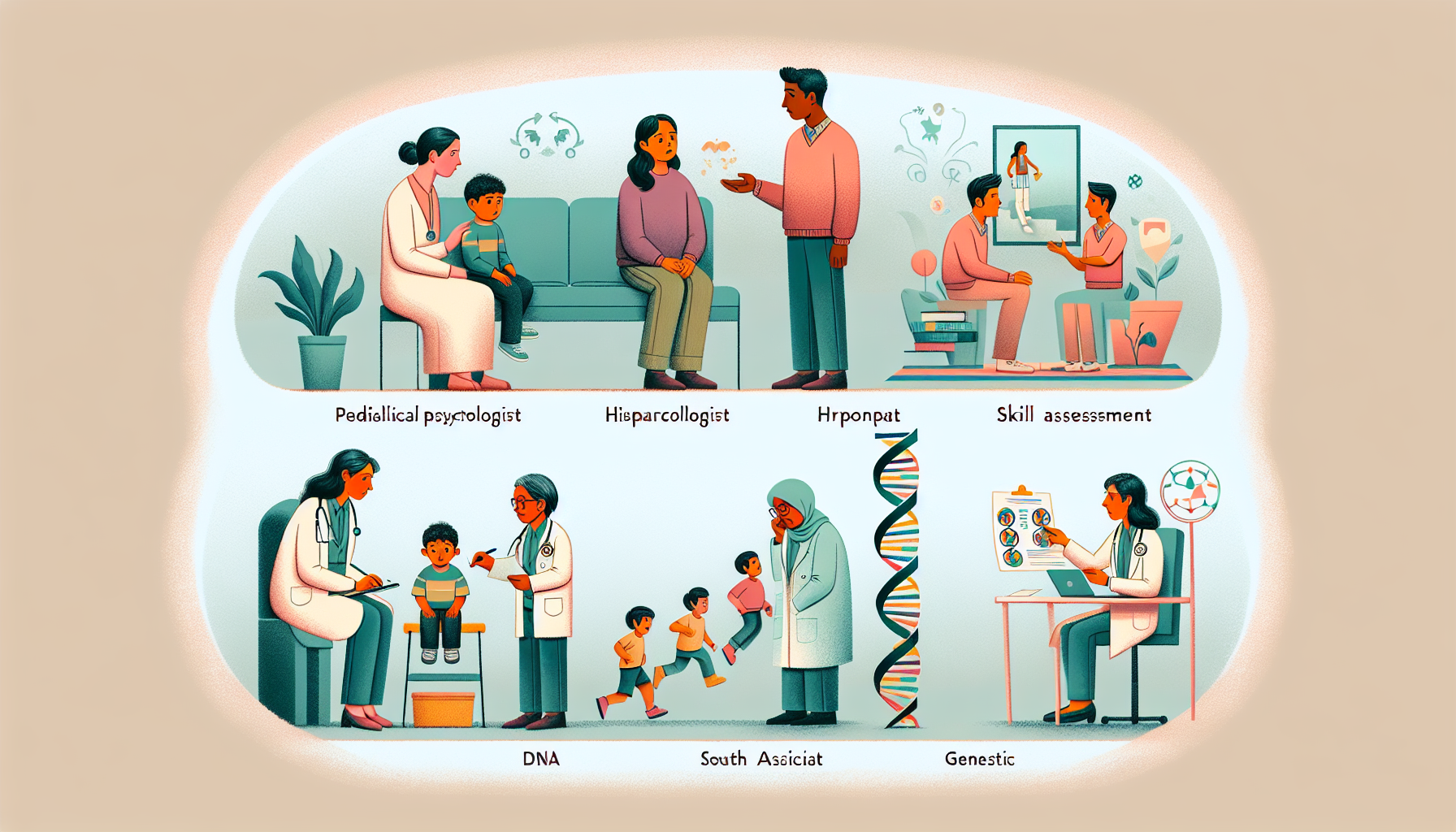





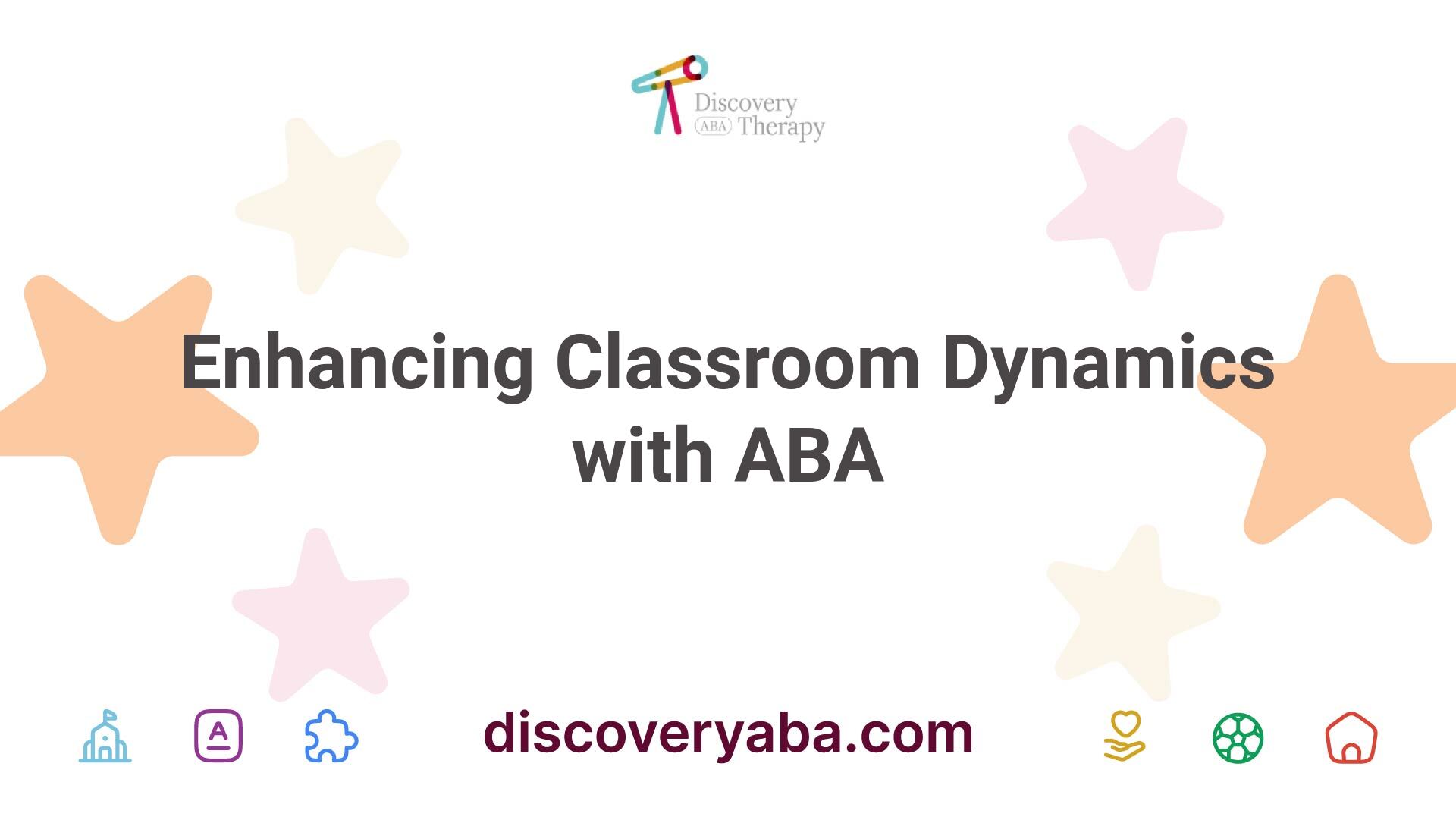








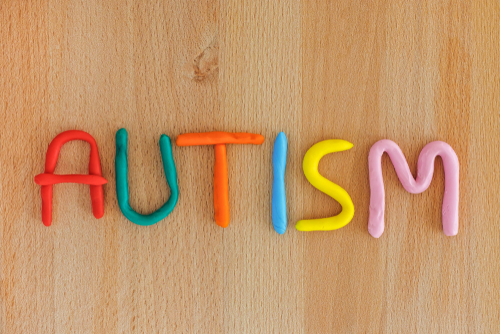



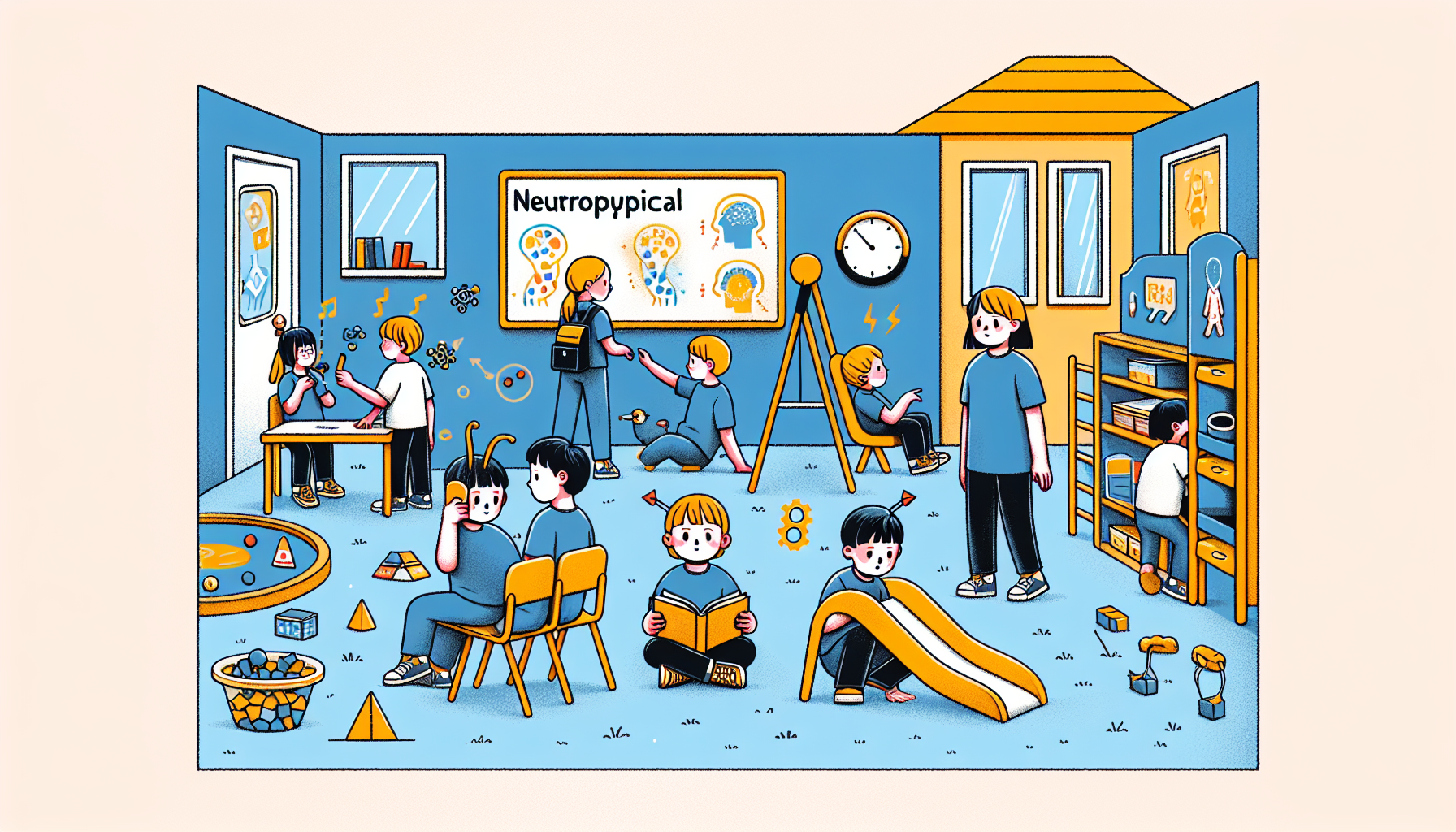



%2520(1).jpeg)

.jpeg)





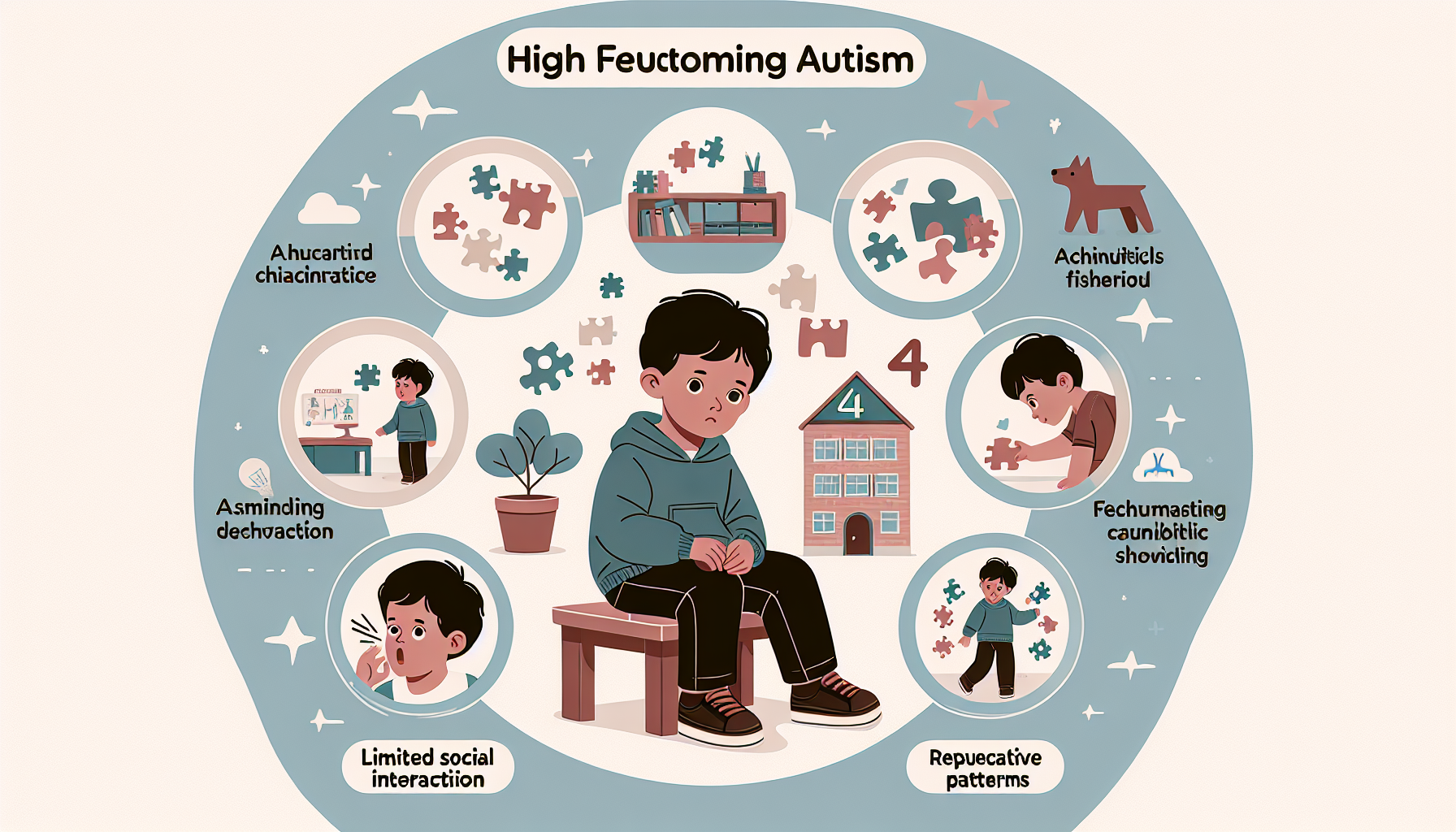






.jpeg)



















.jpeg)


.jpeg)



.jpeg)

















